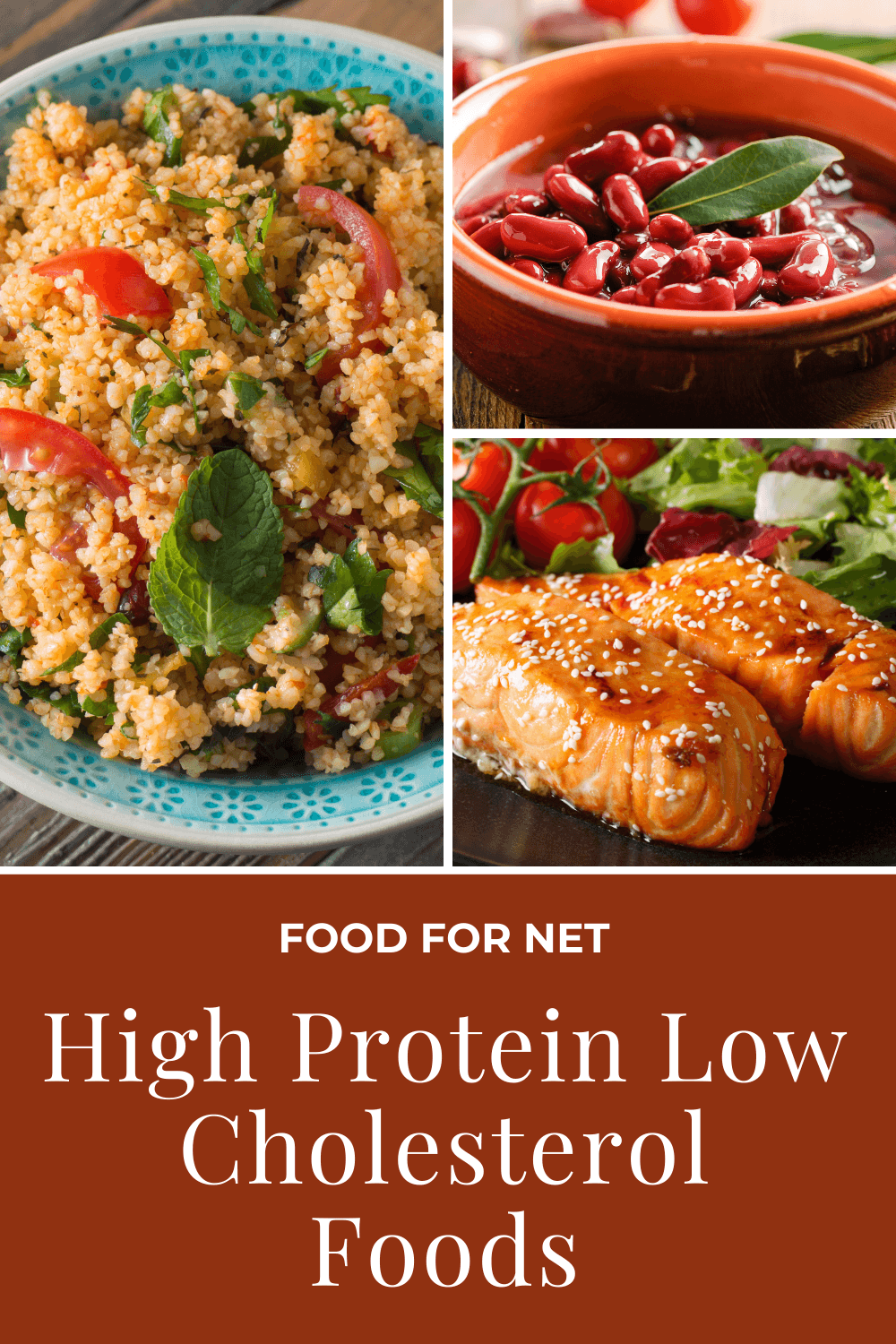
If you’re interested in cholesterol, you’re probably looking to improve your health. High protein low cholesterol foods can do exactly that, as they help to keep you satisfied, are often nutritious, and shouldn’t increase your heart disease risk.
However, we’re not just talking about foods that are low in cholesterol. We’re also talking about ones that decrease your LDL cholesterol levels.
This distinction is important, as cholesterol doesn’t just come from the food we eat. Our bodies make cholesterol too – and our diets can influence cholesterol production. The ideal is to focus on foods that lower LDL cholesterol (the ‘bad’ cholesterol) and increase HDL cholesterol levels. Thankfully, there are plenty to choose from.
Don’t forget about nutrient dense foods either, like leafy greens. These might not be high in protein, but they’re easy ways to eat more nutrients every day.
Foods That Are High In Protein And Low In Cholesterol
- Egg Whites
- Soybeans
- Beans
- Other Legumes
- Quinoa
- Amaranth
- Millet
- Nuts
- Fatty Fish
- Other Types Of Fish
Egg Whites
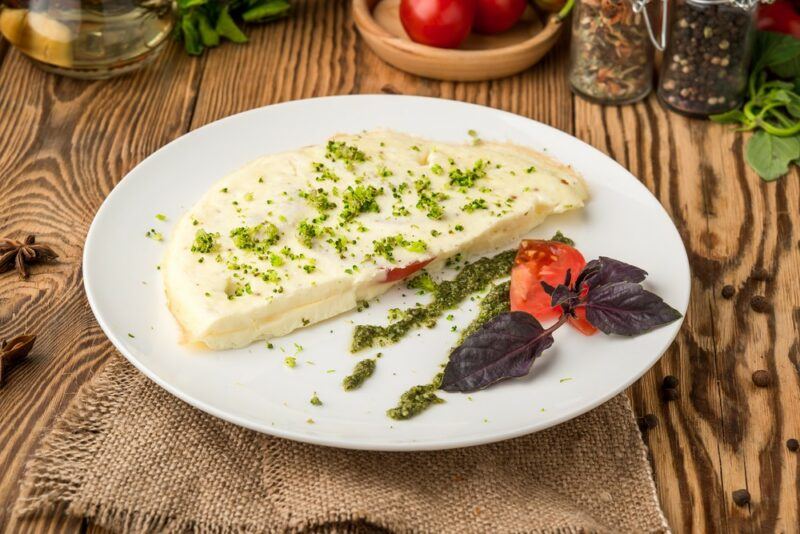
While egg yolks are high in cholesterol, the whites are a different story entirely. They’re an excellent source of protein and don’t contain much cholesterol at all. This is one reason why egg whites are so popular for weight loss.
You can even find egg white protein powder products, which are exactly what the name suggests. The powder can be used like any other type of protein powder, making it a simple way to boost protein intake.
While we’re here, we should also mention egg yolks. Despite their high cholesterol content, egg yolks don’t increase your cholesterol like you would expect. If you eat them in moderation, then egg yolks can still be part of a healthy diet.
Soybeans
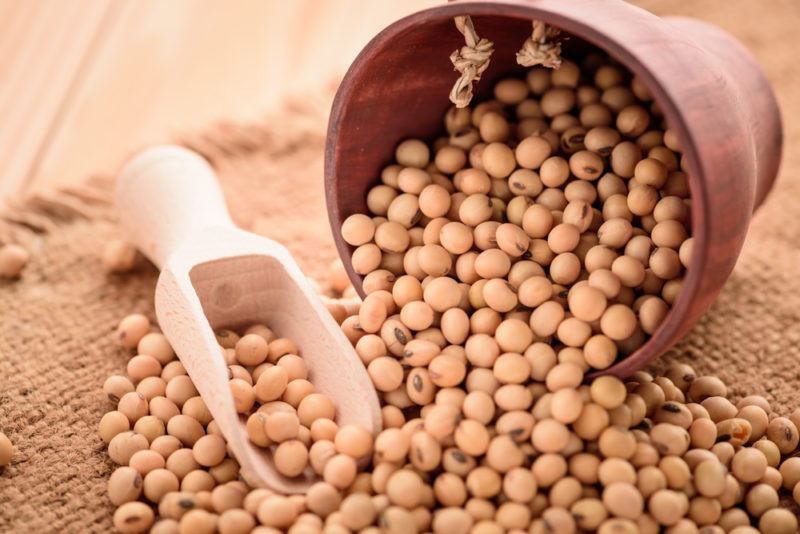
Legumes are one of the go-to choices for plant-based protein and it’s easy to see why. For one thing, there are so many types to choose from. Beans, lentils, peas, fresh beans, and even peanuts all fall into the legume category.
Plus, most legumes contain no cholesterol, plenty of protein, and no shortage of nutrients. They’re an excellent addition to a healthy diet.
We’re going to start with soybeans, partly because they’re so common. You might use the beans themselves in cooking. However, soybeans are much more common as an ingredient, in products like soy milk, tempeh, soy flour, tofu, vegan meat alternatives, protein powder, and many more.
Soy is so popular that it takes work to find vegan meat substitutes that don’t use soy as an ingredient.
Some research shows that soy protein could help decrease LDL cholesterol levels by a small amount. Soy could also help if you end up switching from cholesterol-rich foods to protein sources like soy instead.
Of course, soybeans are controversial. There are many debates about whether they’re helpful or harmful, due to the antinutrients and phytoestrogens that they contain, along with the potential for genetic modification.
While many people feel that the benefits outweigh the risks, others avoid soy entirely.
Beans
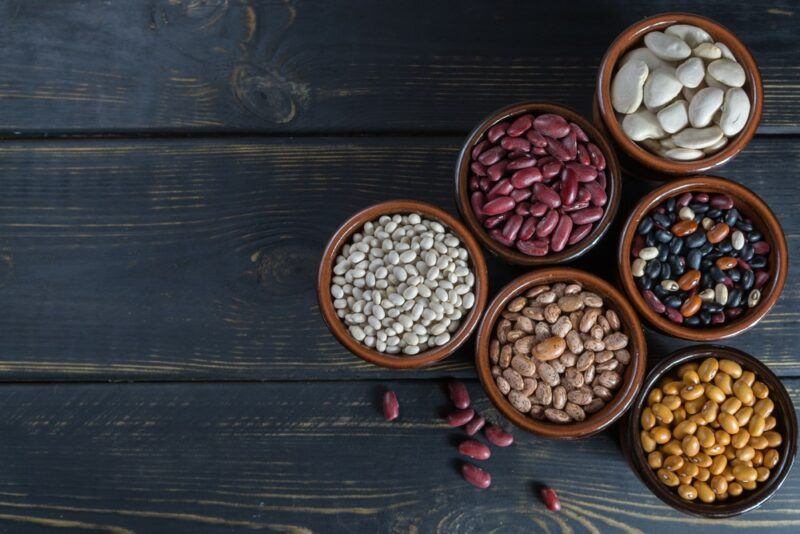
Beans are another legume, making them equally relevant for your cholesterol levels. Studies have linked regular bean and lentil consumption to decreased cholesterol and improved heart health.
The effect may be partly related to nutrients in the beans themselves, including the fiber, and partly to dietary patterns. After all, if you’re increasing your intake of beans, you’re probably cutting down on other foods, including ones that increase cholesterol.
Beans have other advantages too.
For one thing, there are plenty of types to choose from. Seriously, some estimates suggest that there are more than 400 types of beans, which is beyond impressive.
Beans vary in color, texture, and flavor, along with their antioxidant content and the nutrients they contain. This gives you plenty of options for your meals. Some recipes will specify the type of bean you should use, while others will give you a few types to choose from.
Don’t be afraid to experiment and find your own favorites.
Plus, beans are normally dried rather than fresh. This is partly why they’re inexpensive and are easy to store. That combination of features is ideal for many families. After all, meat can get expensive fast.
The popularity of beans means that plenty of recipes rely on beans. Some of them include beans and meat, while others are entirely plant-based. You can even use beans to help kids grow taller.
Finally, there’s little doubt that plant-heavy diets promote health. Beans are one easy way to get more plants in your diet.
Other Legumes
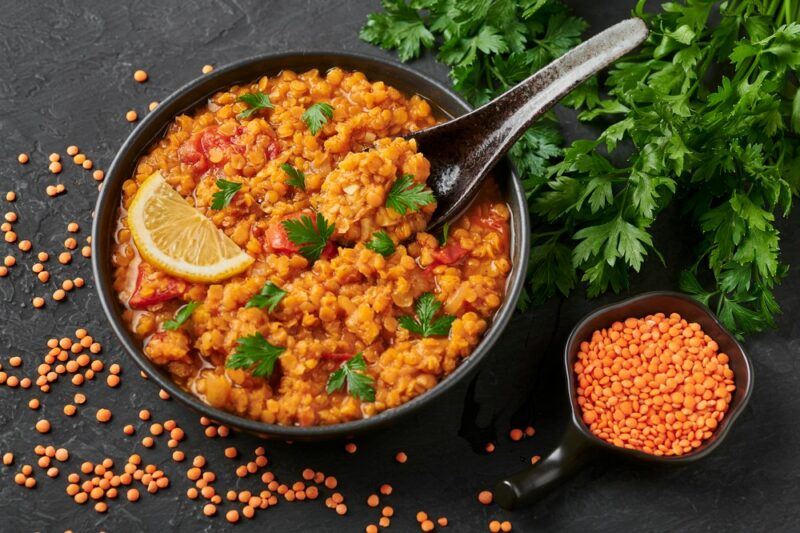
Many of the benefits that soybeans and beans provide can be found with other legumes too, including lentils, chickpeas, dried peas, and fresh peas. Instead of focusing on a single type or two in your diet, why not include a broad array? This way you get plenty of different nutrients.
Besides, the different legumes aren’t always used in the same way.
Chickpeas, for example, are most common as an ingredient in hummus. You can also use them in stews and curries. They’re excellent when roasted too.
In fact, roasted and seasoned chickpeas can be just as delicious as nuts, but they’re lower in fat and calories. Roasted chickpeas can be perfect if you find that you often eat too many nuts or if you want something a little different.
Lentils are often used as an ingredient in stews and soups, although they can feature in other dishes too. They’re useful as they cook much faster than beans and don’t need to be soaked for as long beforehand.
Quinoa
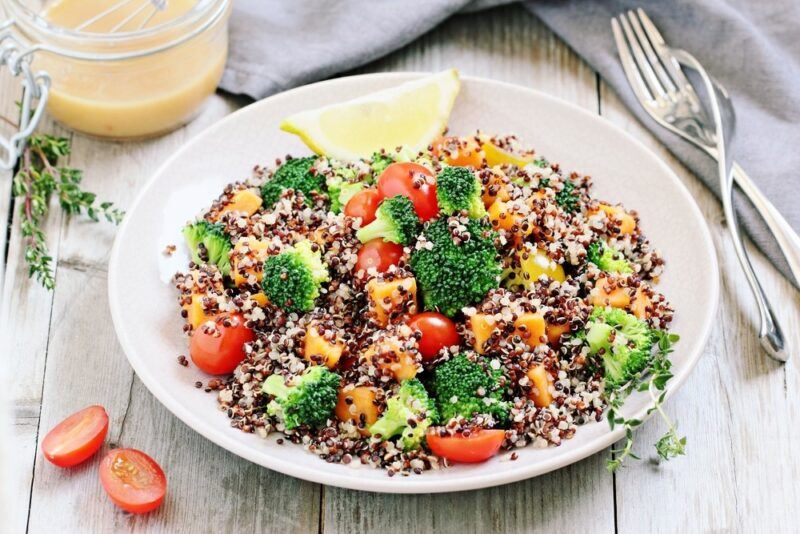
Quinoa is an interesting ingredient. It’s often called a pseudograin or a pseudocereal, as it is a seed from a non-cereal species, but we cook and eat quinoa just like it was a grain.
However, quinoa stands out from grains because it is much more nutritious and is also a better source of protein.
A cup of cooked quinoa provides roughly 6 grams of protein. While that might not sound like much, it’s a decent amount for a grain-like ingredient.
Plus, you can pair quinoa with other low cholesterol protein-based foods. Many people do this by making quinoa salads or power bowls. Both types of dish can use a variety of healthy ingredients, giving you a nutritious meal that’s also easy to prepare.
Amaranth
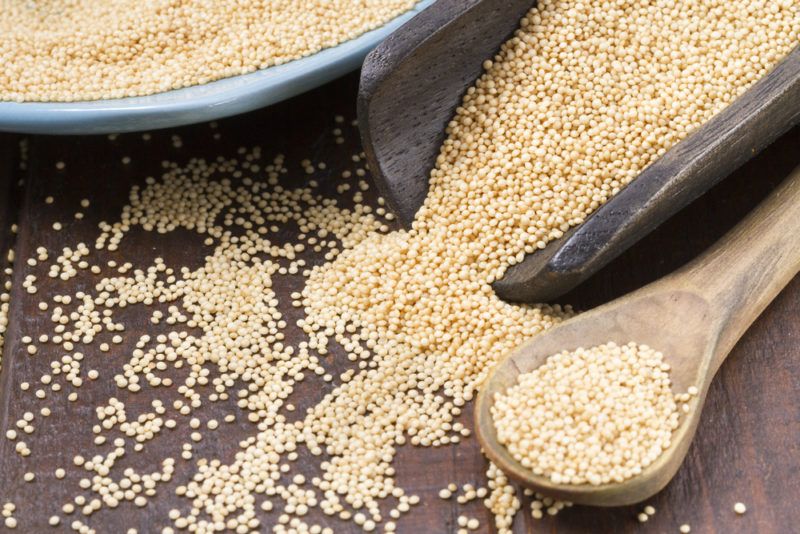
While amaranth doesn’t share quinoa’s amazing reputation, it’s just as powerful. This time, you get more than 9 grams of protein per cup of cooked amaranth, along with nutrients like iron, magnesium, and phosphorous.
The nutrient profile varies a little, as the term amaranth refers to a collection of more than 60 different pseudograins. Each one of these will be slightly different than the next.
Still, all the individual species are rich in protein, have a similar nutty flavor, and are gluten free. You can use amaranth in the same way as quinoa and you get a meal that’s just as delicious.
Millet
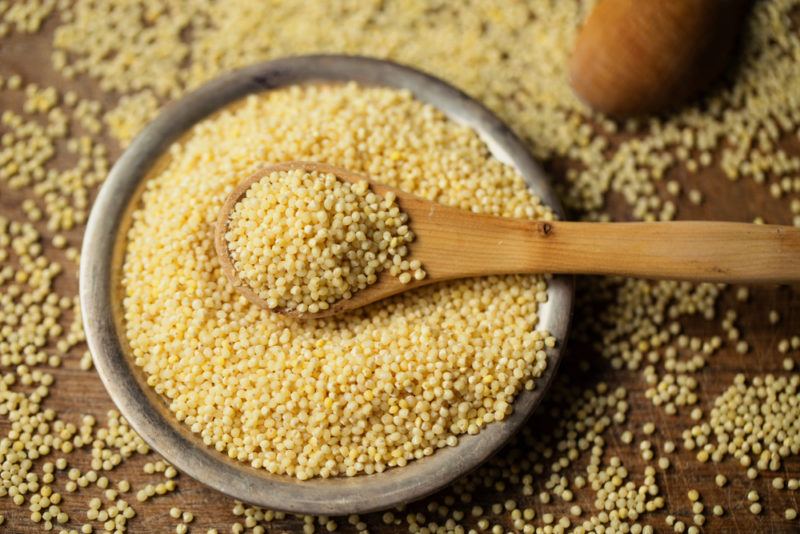
Millet is a popular pseudograin in many parts of the world. It’s used as a staple ingredient in many developing countries, while in the United States, we tend to use it for birdseed instead.
But, don’t let millet’s small size fool you. The grain is surprisingly nutritious and is another useful source of protein and fiber. Plus, like all pseudograins, millet has antioxidant properties too.
The word millet doesn’t refer to a single species. Instead, there is a collection of varieties. These are often categorized as major and minor millets, where the major ones are cultivated more often.
Pearl millet is the type you’ll probably find if you start looking for millet to cook and eat. However, the other types are just as nutritious.
Millet has another interesting feature too – it’s sometimes classified as an ancient grain.
Ancient grains haven’t been through selective breeding and are much the same as their ancestral versions. Such grains could be better for you, although that topic is under heavy debate. Still, even if ancient grains aren’t healthier, they can be a delicious alternative to more familiar options.
Nuts
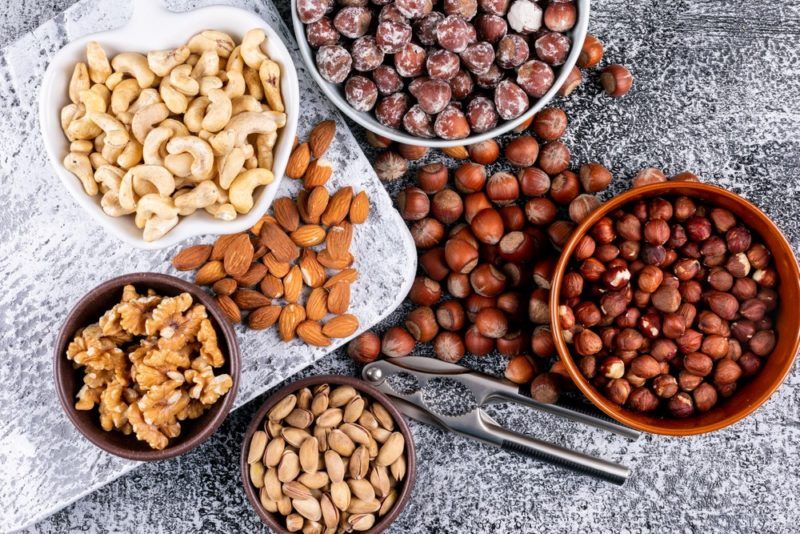
Nuts might be high in fat, but they’re still excellent choices for your heart health. The trick here is to watch your intake, as it’s easy to overdo it with nuts. Having a small handful each day is ideal for your health, giving you plenty of nutrients and not too many calories.
Almonds are often seen as the healthiest nuts, due to their balance of fats and nutrients. They may also be the best choice for heart health, as they’re high in fiber and vitamin E.
Other nuts have their advantages too. Walnuts, for example, are good sources of omega 3 fatty acids and contain plenty of nutrients too. Studies have also linked cashews to lower cholesterol levels.
Because of these differences, it’s often best to include a variety of nuts in your diet. This way you get access to plenty of nutrients and plant-based compounds.
Fatty Fish
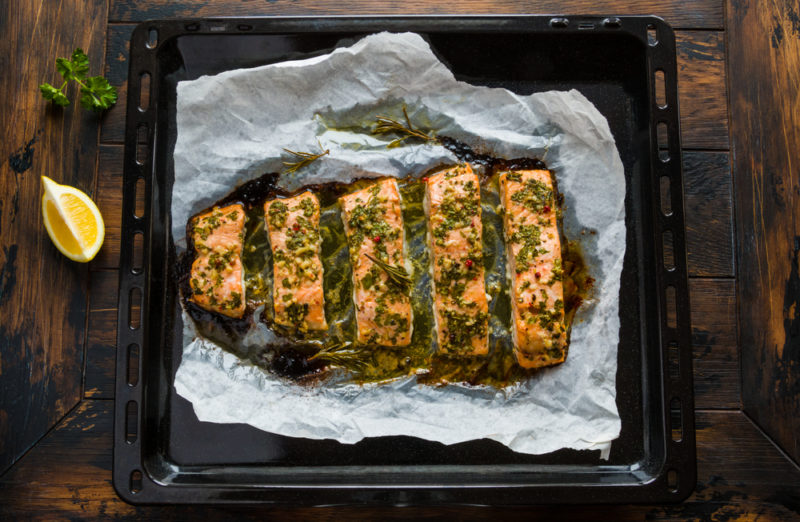
Some fatty foods are very good for you, including fish like tuna, sardines, and salmon. These are all considered fatty fish, so they’re naturally rich in omega 3 fatty acids. These are heart healthy fatty acids that can help to decrease LDL cholesterol and increase HDL cholesterol.
That’s not all. Omega 3 fatty acids have been linked to a variety of other health benefits, like decreasing disease risk and improving cognition.
You can find other sources of omega 3 fatty acids too, including various plant-based foods. However, plant-based options aren’t nearly as powerful, as these contain ALA rather than DHA or EPA. The ALA from plants first needs to be converted before our bodies can use it and the conversion rate is low.
Because of this, fatty fish remains one of the best ways to increase your omega 3 intake.
Other Types Of Fish
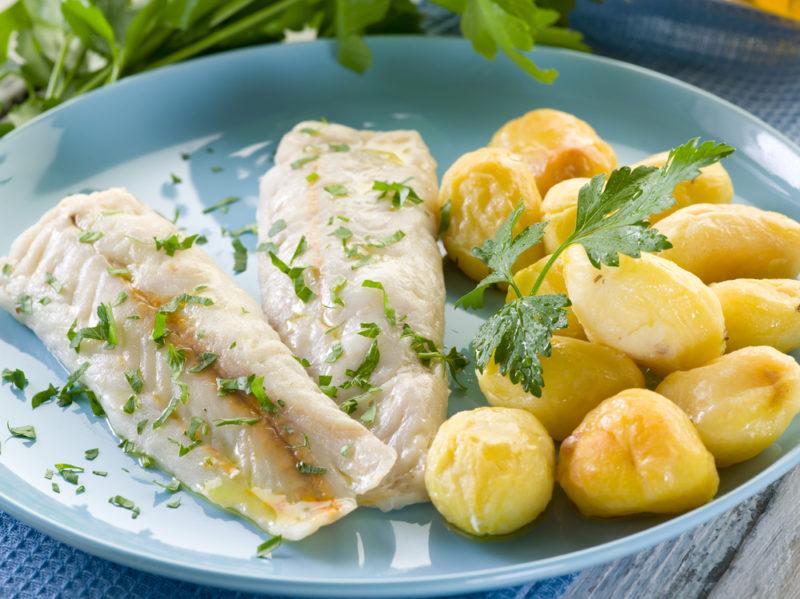
Some fish are much less oily, including white fish like cod. These types of fish are still healthy sources of protein and are low in cholesterol.
However, because these fish don’t contain much fat, they’re not great sources of omega-3 fatty acids either. Such fish can still be a good choice, as they’re low in cholesterol, but they don’t have the same cholesterol lowering effects that you see in fatty fish.
Getting Enough Protein In Your Diet
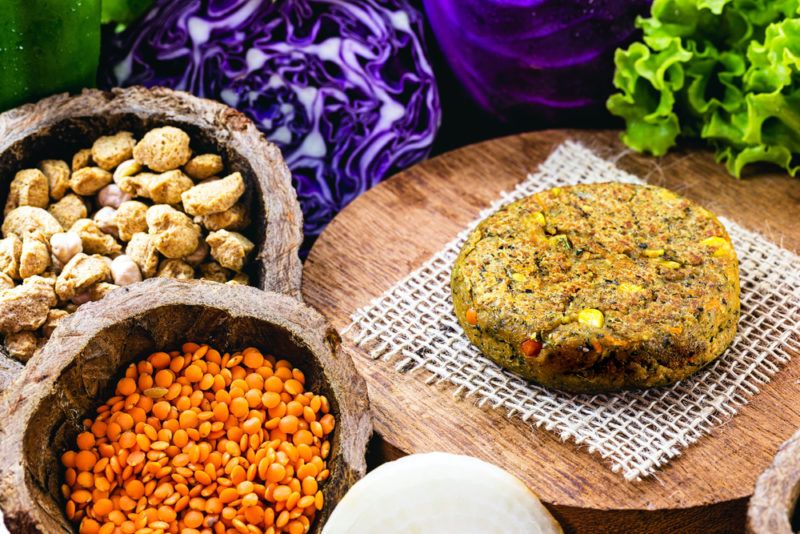
You might have noticed a pattern on this list. Most high protein low cholesterol foods are plant-based. This is one reason why plant-based diets are so powerful for your heart health.
If you’re worried about protein intake, try looking for vegan meats. These will often be formulated to provide a decent amount of protein, along with other nutrients.
You could also look for a vegan cookbook. Even if you’re not fully vegan, such cookbooks can help you find new and creative ways to use vegetables. That being said, you shouldn’t need to cut out animal products entirely (unless you want to). Eating animal protein periodically still appears to offer benefits, giving you a broad range of amino acids and nutrients like vitamin B12 and CLA that are hard to find elsewhere.
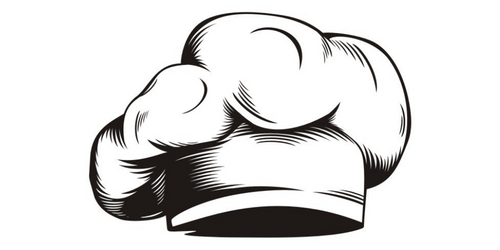
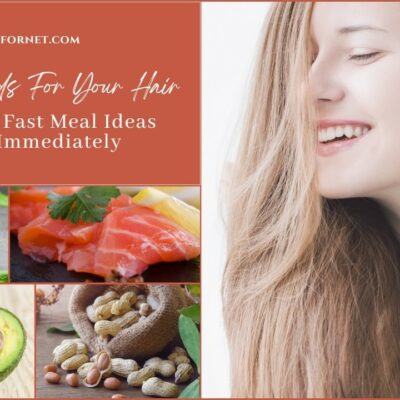



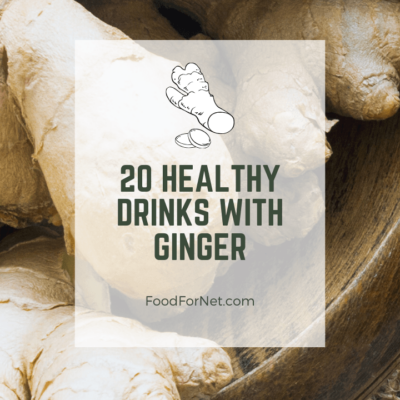
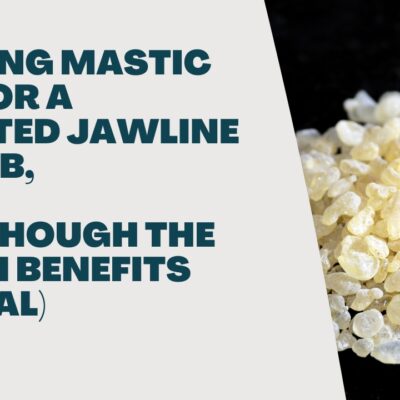
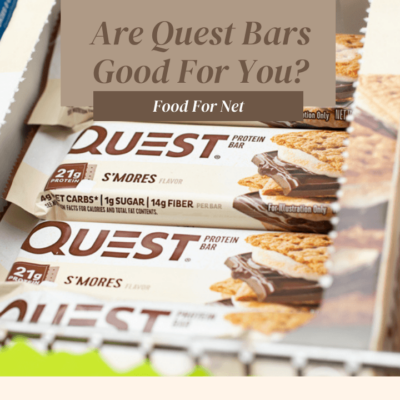
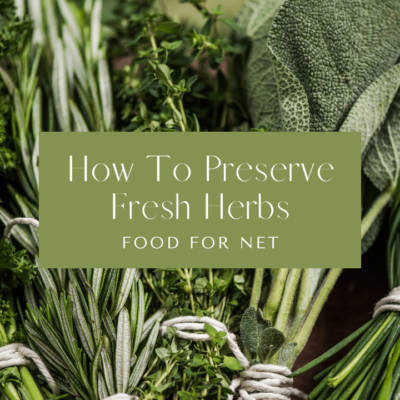
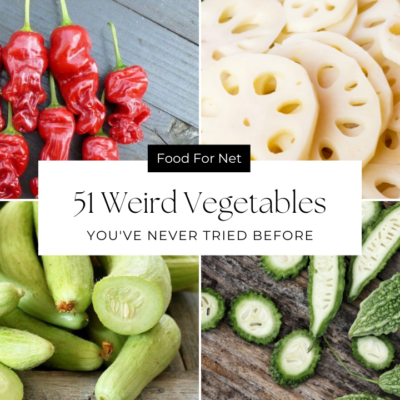

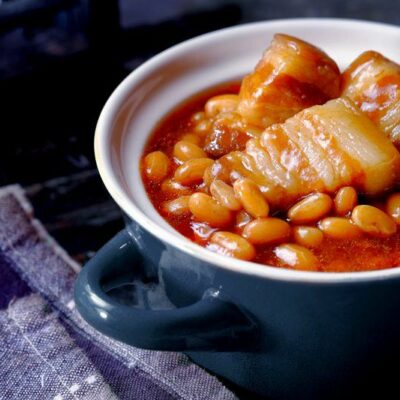

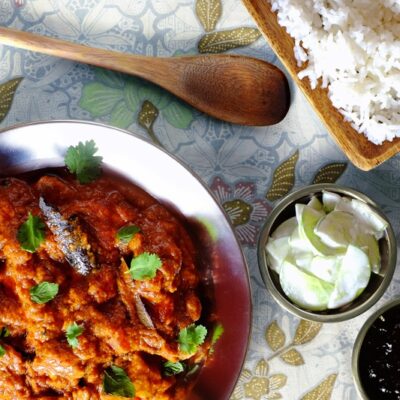



 The Best Vodka for White Russians
The Best Vodka for White Russians
Leave a Reply